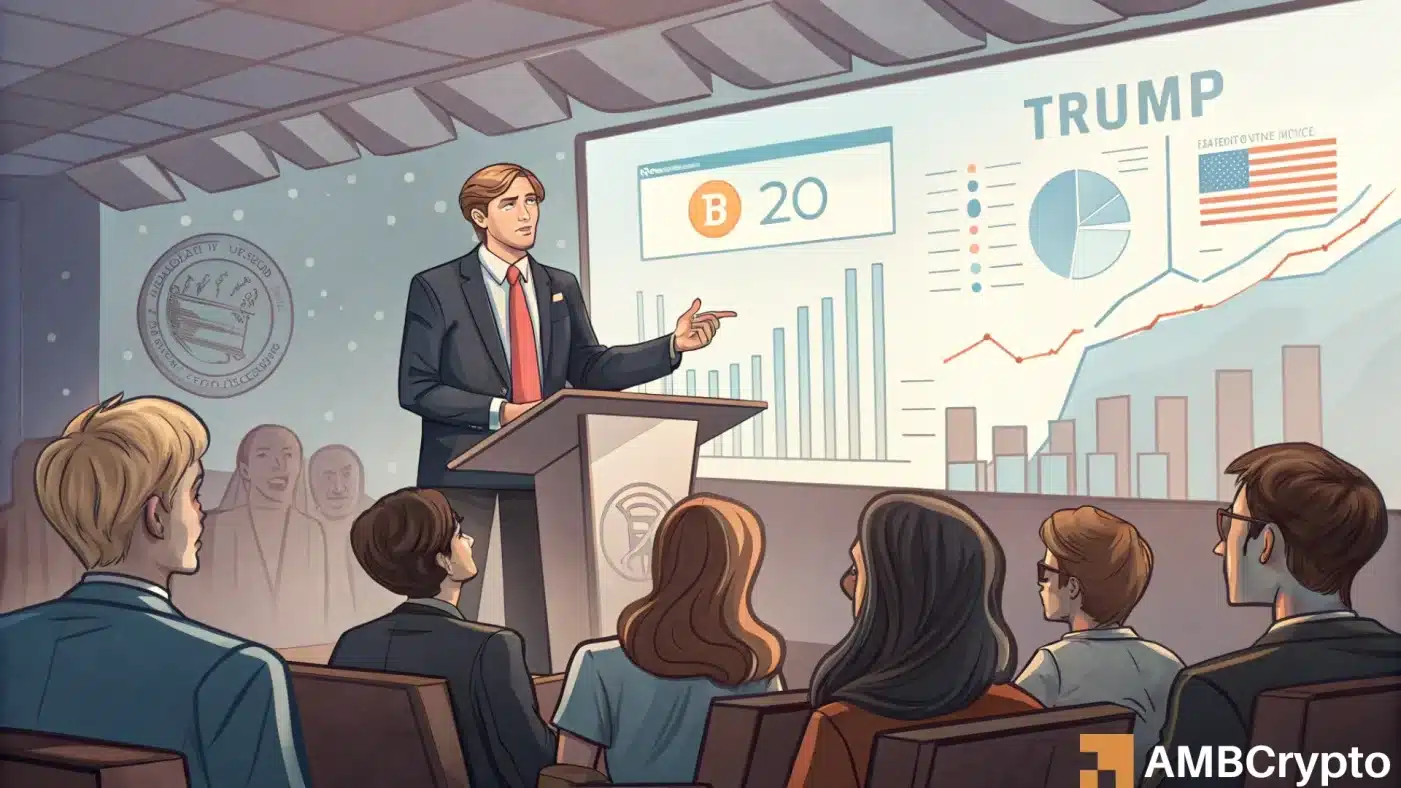Crypto and AI Share Disruptive DNA—Here’s Why It Matters

David Sacks spotlights the explosive parallels between crypto and AI—decentralization, open-source ethos, and Silicon Valley’s favorite buzzword: ’disruption.’
Both fields thrive on tearing up legacy systems—whether it’s banks or Big Tech’s data monopolies—replacing them with code that doesn’t ask for permission. (And yes, both attract VC dollars faster than a meme coin pumps.)
The kicker? While Wall Street still struggles to price ’digital gold,’ AI’s ravenous energy demands might just make Bitcoin miners look like eco-saints. Funny how that works.
David Sacks on Bitcoin in the U.S. policy
Speaking alongside Gemini’s Cameron and Tyler Winklevoss, Sacks highlighted how the administration has moved quickly to reverse prior regulatory resistance, with several key promises already being fulfilled in its first 100 days.
Among the notable actions is the creation of a Strategic Digital Asset Reserve, hinting at potential government crypto acquisitions and a new chapter for bitcoin [BTC] in U.S. policy.
Sacks said,
“If it can be done in a budget-neutral way—specifically, if either the Commerce Department or the Treasury Department can figure out how to fund it without adding to the debt—then they are allowed to create those programs.”
What is required to make this happen?
The crypto Czar also emphasized that Treasury Secretary Scott Besson or Commerce Secretary Howard Lutnick must support expanding the government’s Bitcoin holdings.
He noted that the government must finance any such purchase without increasing taxes or national debt, potentially by reallocating unused funds from other federal programs.
According to Sacks, both departments can act if they find a viable funding path and align with the president’s directive.
Sacks on Trump’s first 100 days
He also described the early days of the TRUMP administration’s crypto policy as a whirlwind, marked by swift and strategic moves to reshape the regulatory landscape.
“On the President’s first full day in office, he pardoned Ross Ulbricht. Two days later, he signed a week-one executive order to promote U.S. leadership in digital assets. That order prohibited CBDCs, ended Operation Choke Point 2.0, and created the President’s Working Group on digital assets.”
Describing Bitcoin as the backbone of tomorrow’s finance, the discussion shifted to how energy infrastructure underpins AI and crypto growth, to which Sacks added,
“One of the common denominators between AI and Bitcoin is that you need energy. You need power. You need electricity to power GPUs for AI data centers, and you need it for Bitcoin ASICs to generate hash power.”
U.S. Bitcoin holdings
As of now, the U.S. controls over 198,000 BTC, mostly seized in high-profile cases, valued at more than $21 billion.
In fact, the DOJ has started selling part of these holdings, amidst growing momentum for creating an official national Bitcoin reserve.
Meanwhile, New Hampshire, Arizona, and Texas have already taken independent steps toward this vision, while other states have opted out.
Lastly, Polymarket estimates a 48% chance that the U.S. will establish such a reserve by 2025, highlighting a rising but fragmented push toward long-term crypto independence.
Subscribe to our must read daily newsletter

